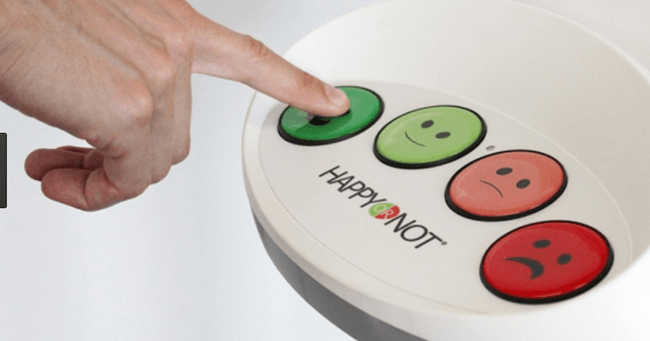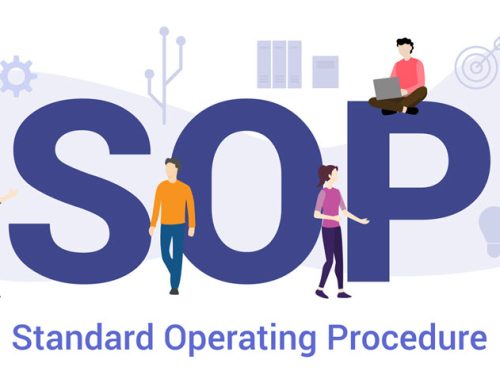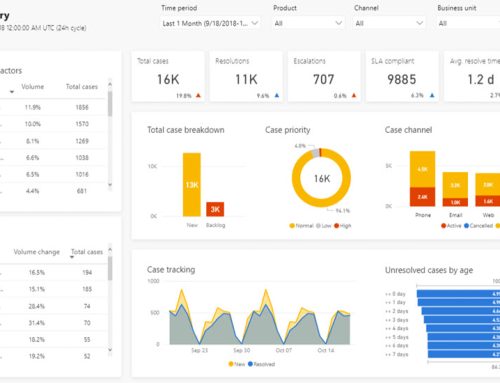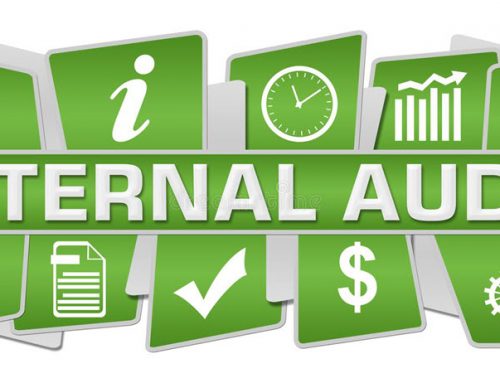The number one objective of any business should be to create a happy client base. This can help validate your business and ensure your customers remain loyal. Measuring customer satisfaction can be a difficult task for most companies as it is not a straightforward process. The great news is there are some tools and metrics designed to measure customer satisfaction. Here is a list of tools to measure customer satisfaction that you can for your business.
Tools to measure customer satisfaction
Customer Satisfaction Score (CSAT)
This is one of the most standard tools to measure customer satisfaction. It involves asking your customers to rate their satisfaction with your product or service. Your CSAT score is the average rating of all your customer ratings.
The customer rating scale typically ranges from 1 – 3, 1 – 5, and 1 – 10. A smaller scale is preferable however due to cultural differences that people display when rating their satisfaction. An American, for example, is more likely to rate a service as “awesome” or “terrible” as compared to a Japanese who would rather stick with “fine” or “not satisfactory.” It’s important to take note of such differences when dealing with an international customer base.
Social Media Monitoring
Social media has a significant influence on a business-customer relationship. Before now, a poor service experience could only be shared among friends and family members, but social media has become one of the tools to measure customer satisfaction as it has offered an outlet to reach out to millions of people. Social media is a perfect place to find out what people really feel about your business. Facebook, Instagram, and Twitter are important platforms to track your business, using Google alerts, social mention and many more tracking tools.
Basic Email Campaign
Email survey provides an in-depth insight into your customer satisfaction. This is likely the most modern tools to measure customer satisfaction because it’s simple and effective. Firstly, you have to obtain your customer’s email addresses to make it easier to compile an email list when carrying out this survey. Once you have the email list, you can use an email campaign to direct your customers to the online survey. When doing this, write a direct subject line like “Take our 2 minutes survey to win a £100 coupon”, or you can offer free first-time access to premium content or loyalty points. Email survey also increases your response rate if you clearly state what time commitment your need from your customers, and why they should take the survey.
QR Codes
QR Codes are excellent tools to measure customer satisfaction. QR codes are those small squares you photograph and scan with your phone to direct you to a website. If used along with your business cards, product packaging, or other materials, it’s a great way to direct customers to a customer feedback survey. QR codes can also lead customers to interact with your products. Some customers could even go as far as posting pictures of them using your product. In this case, the codes can also serve as an invitation to interact with the business online.
Net Promoter Score (NPS)
NPS measures how likely it is for a customer to recommend your business to someone. It is one of the oldest tools to measure customer satisfaction and loyalty. Customers are asked how likely it is for them to recommend your service on a scale of 1-10. Research proves that if your clients are willing to put their reputation on the line by recommending you, it means they also trust you and are satisfied with your service. It’s very easy to calculate your NPS score, just take a percentage of respondents that fall into the promoter category (9-10), and subtract it from the percentage of detractors (0-6).






